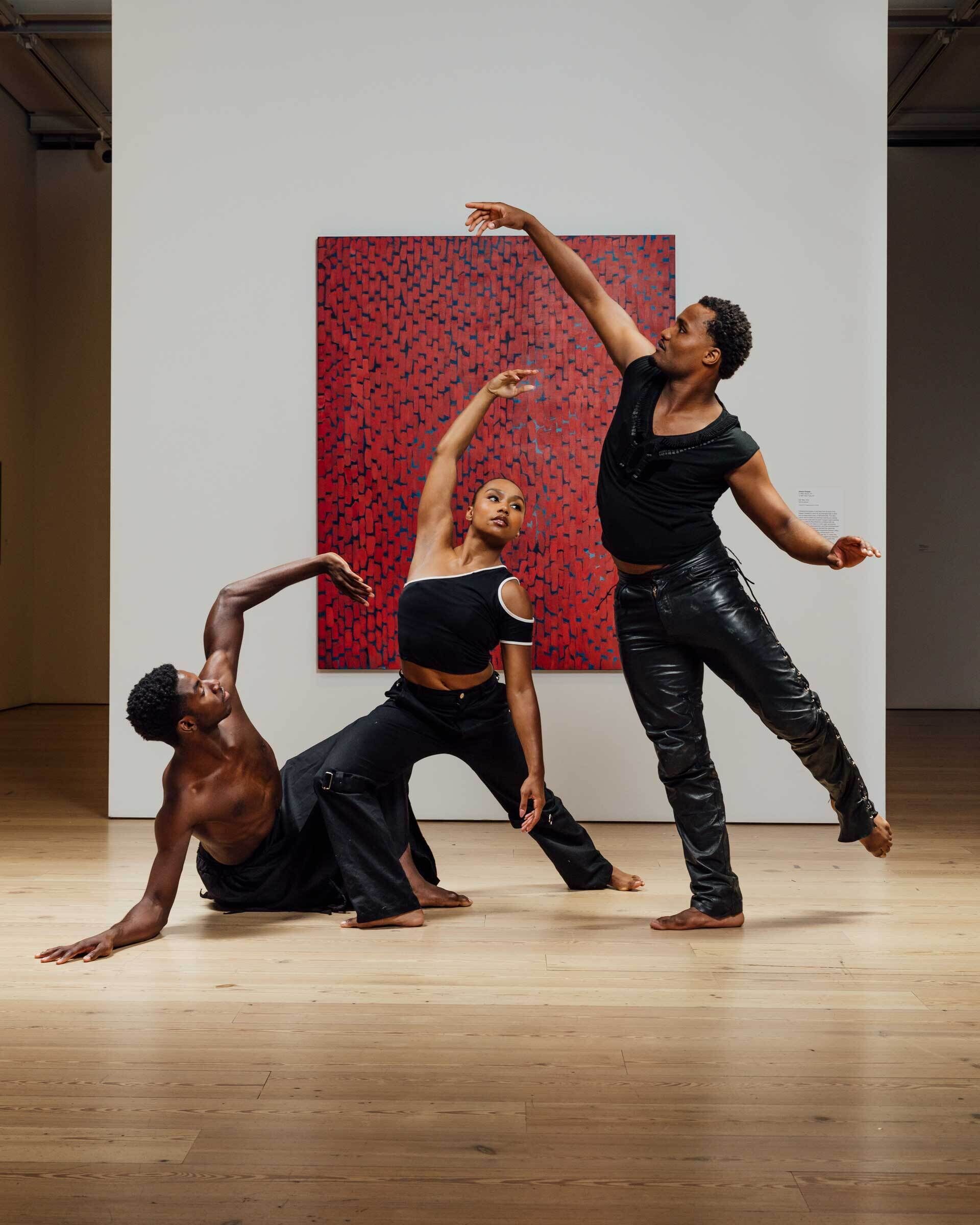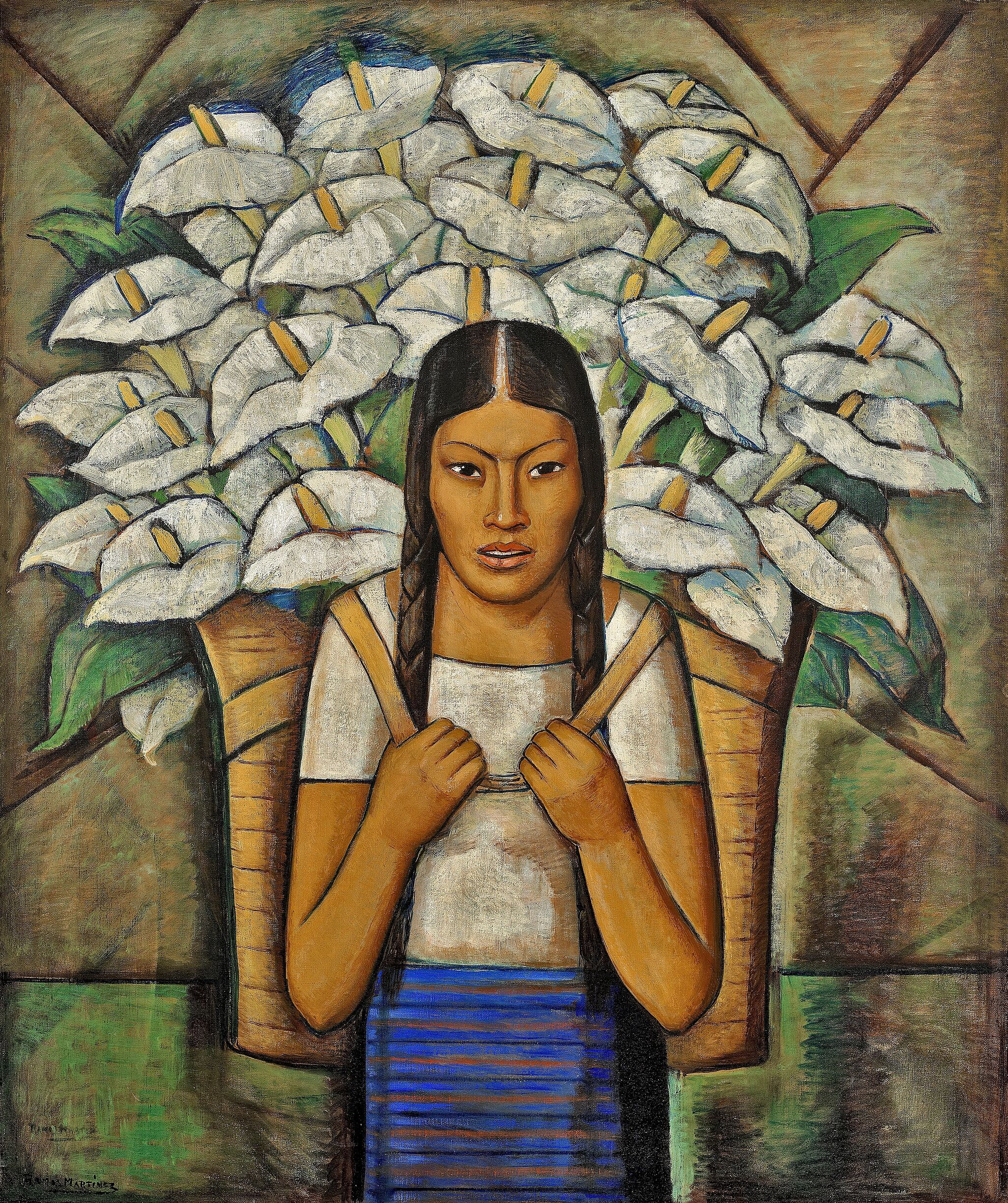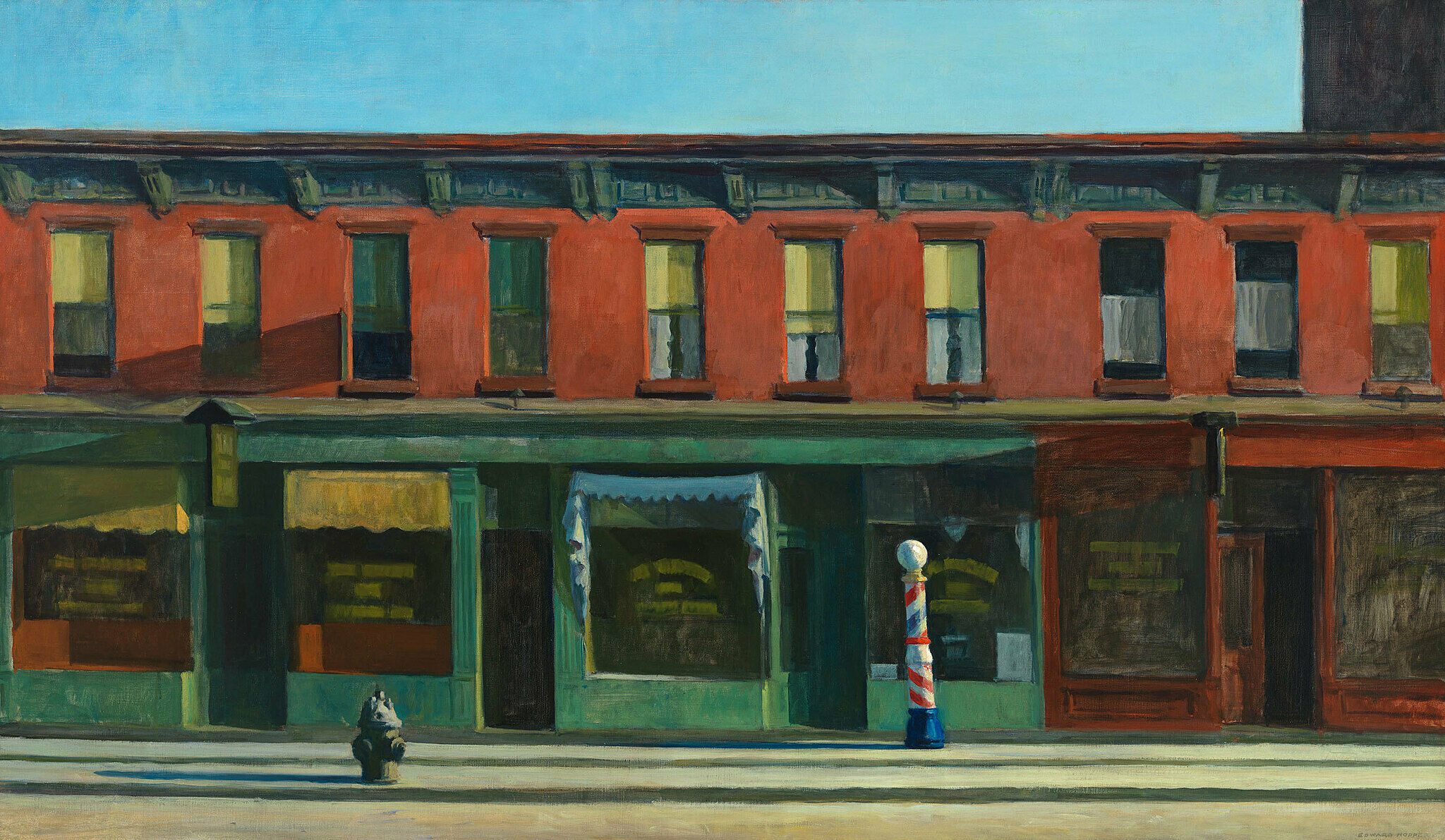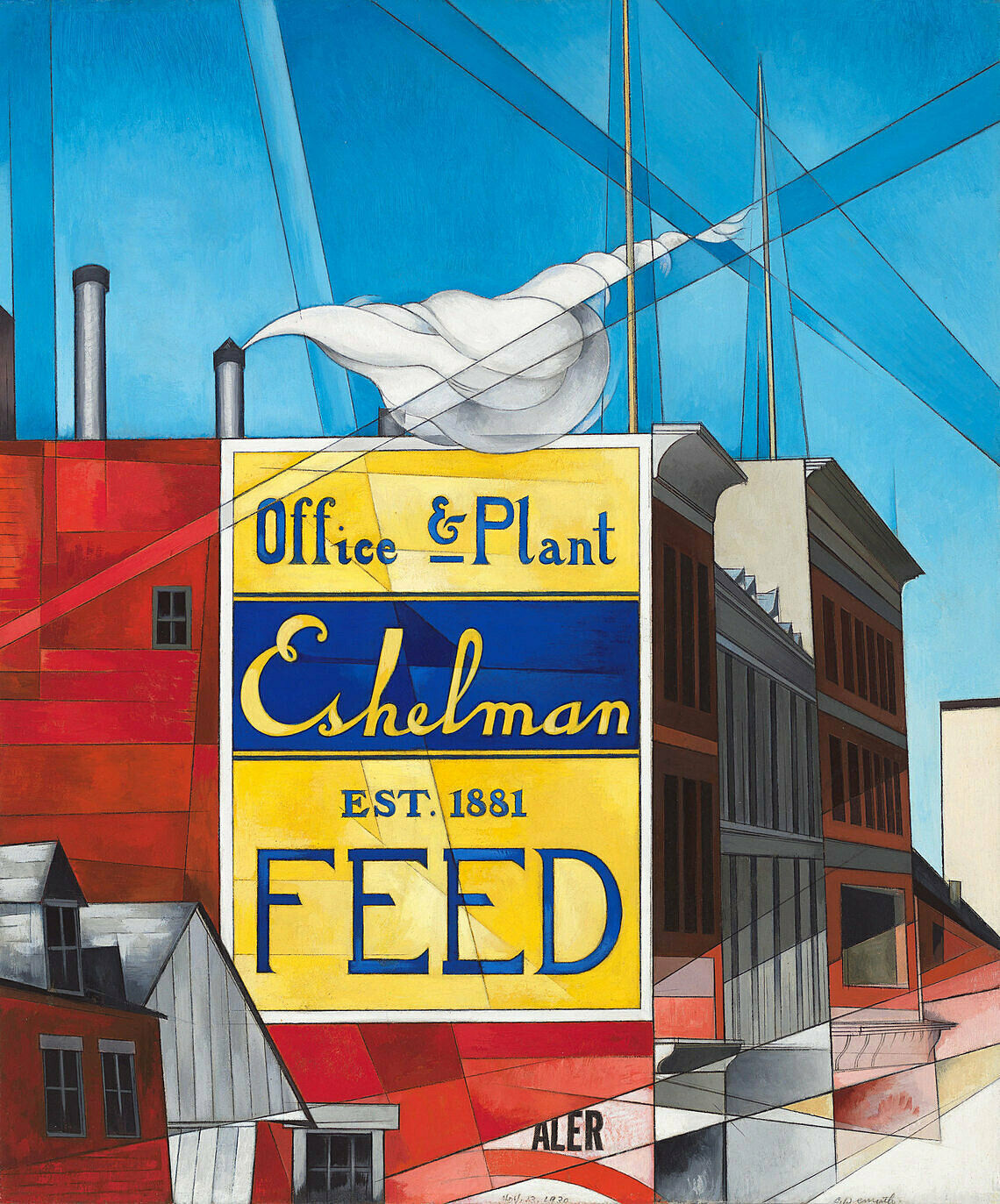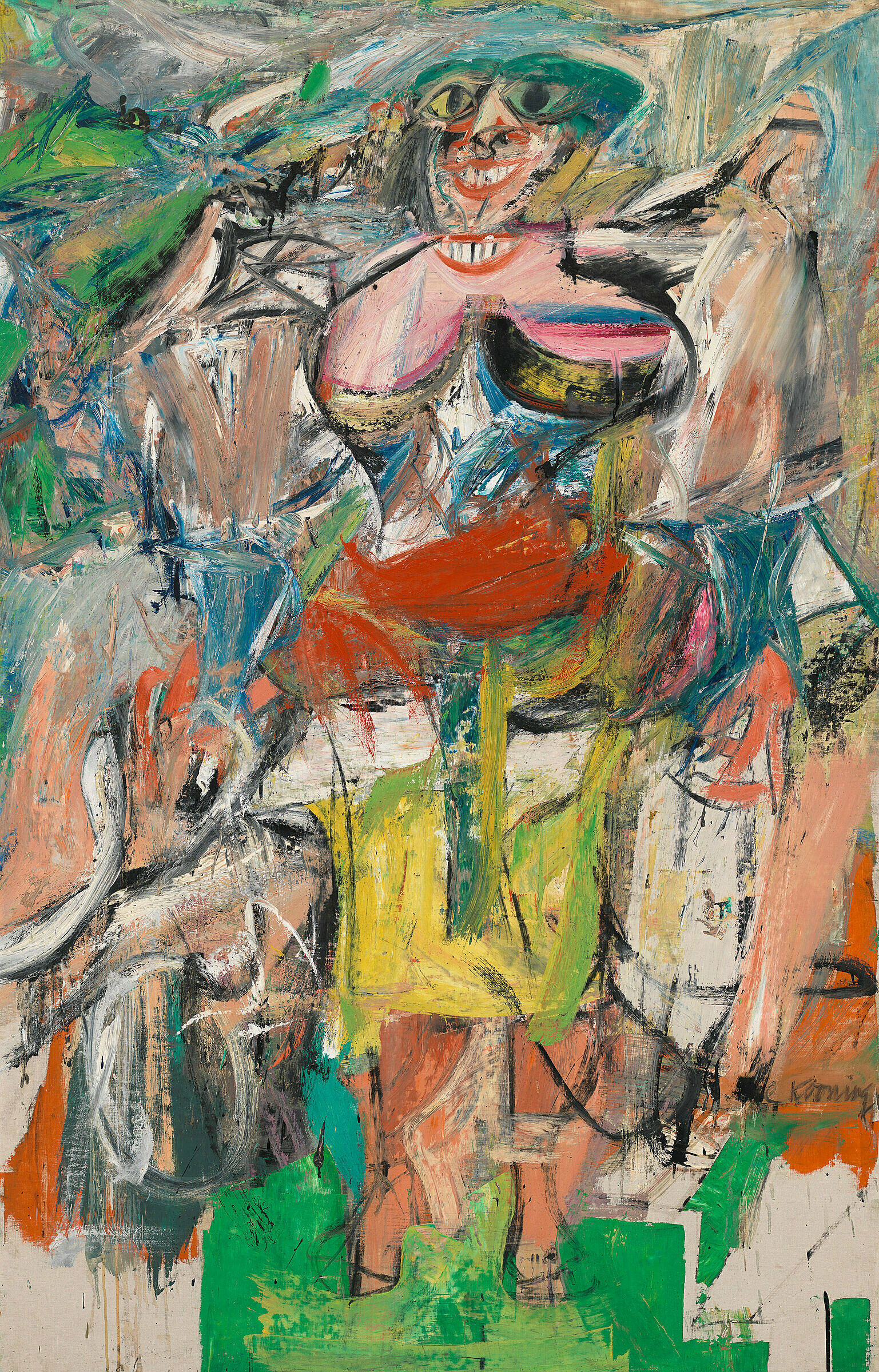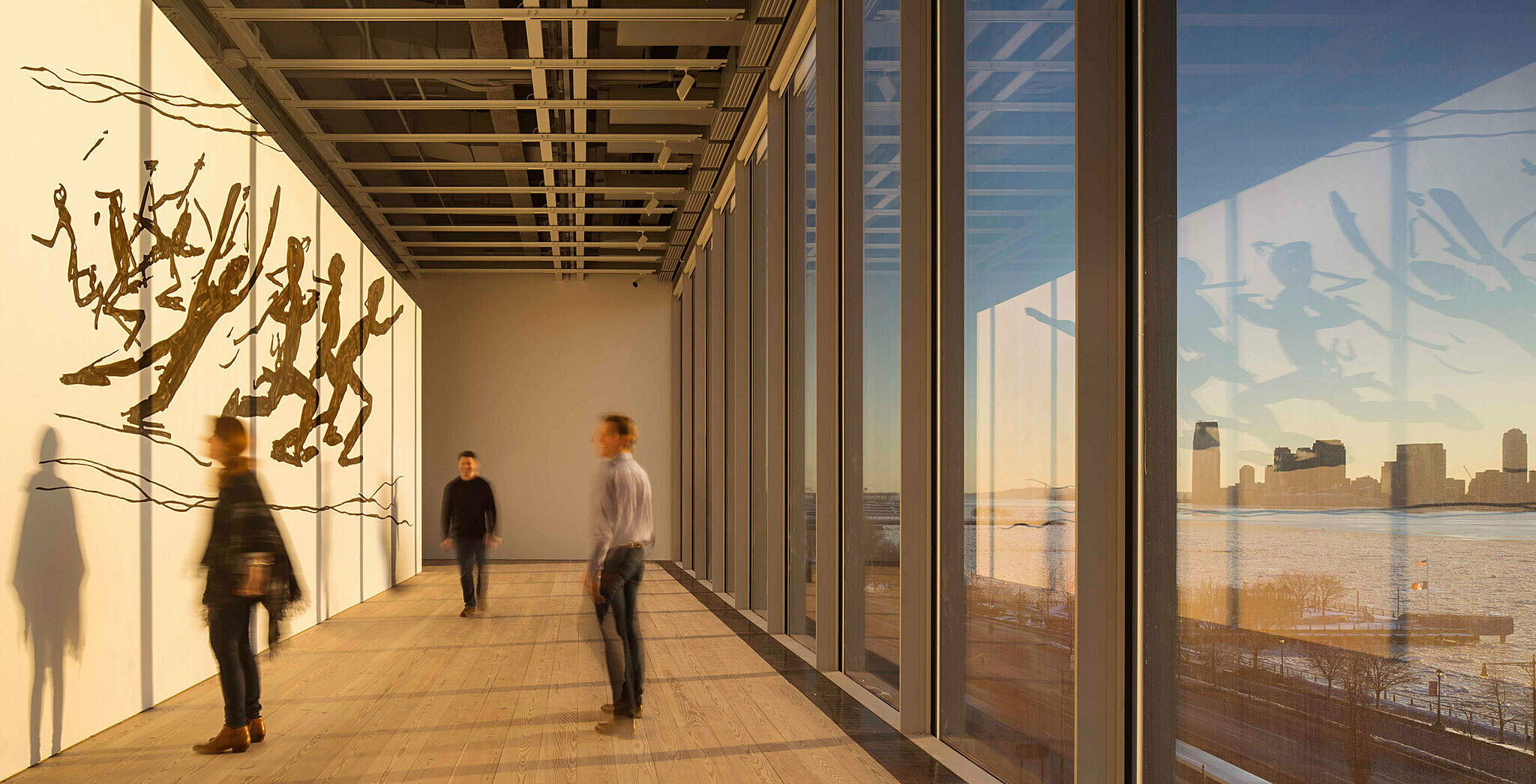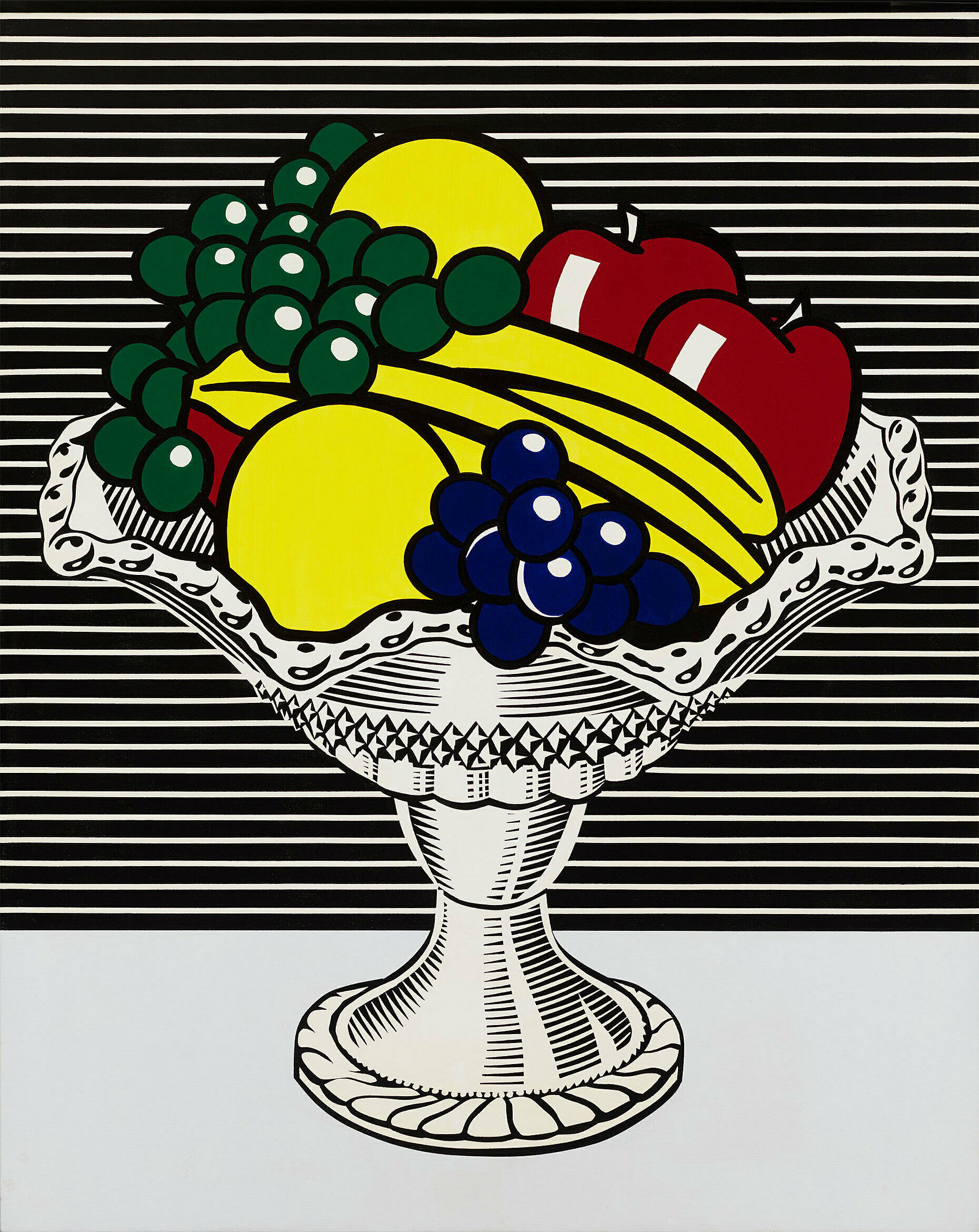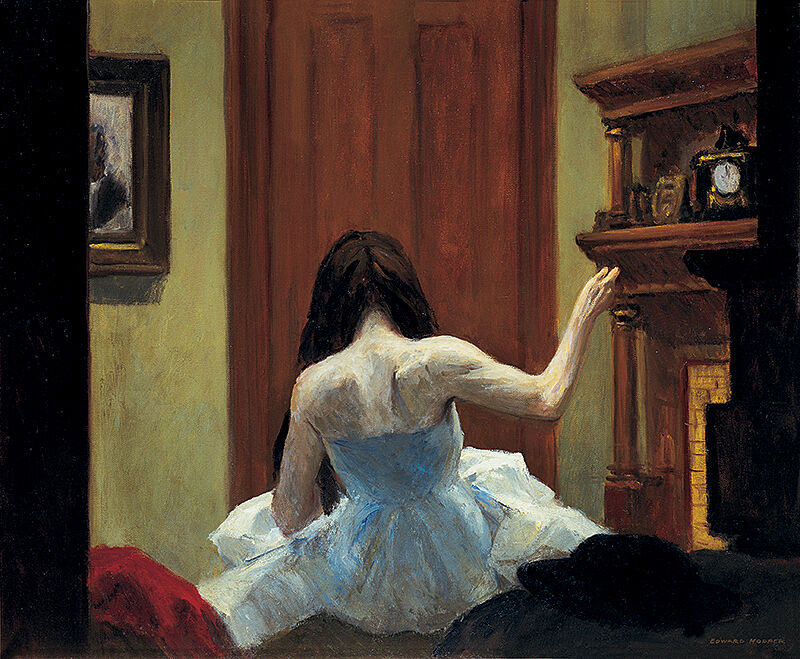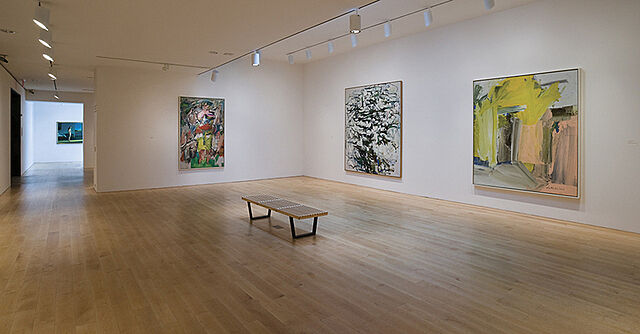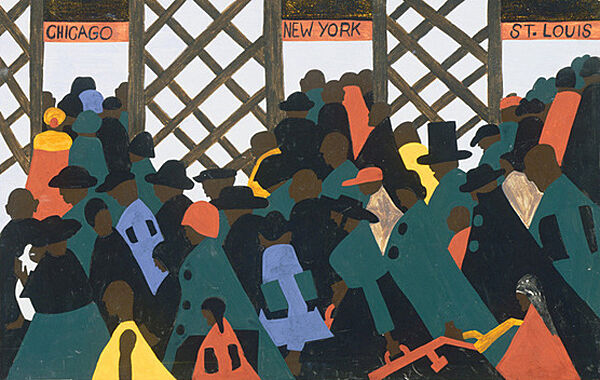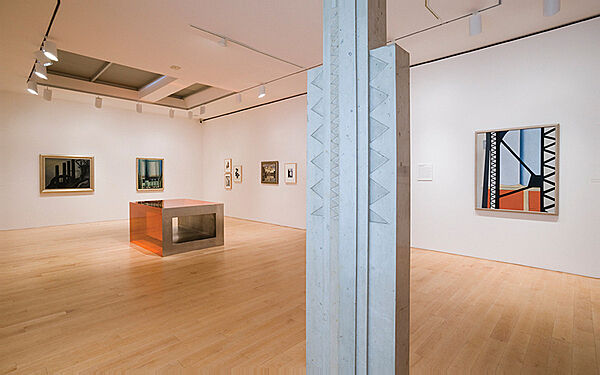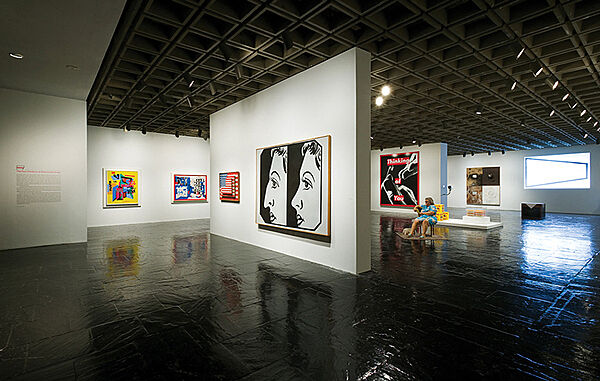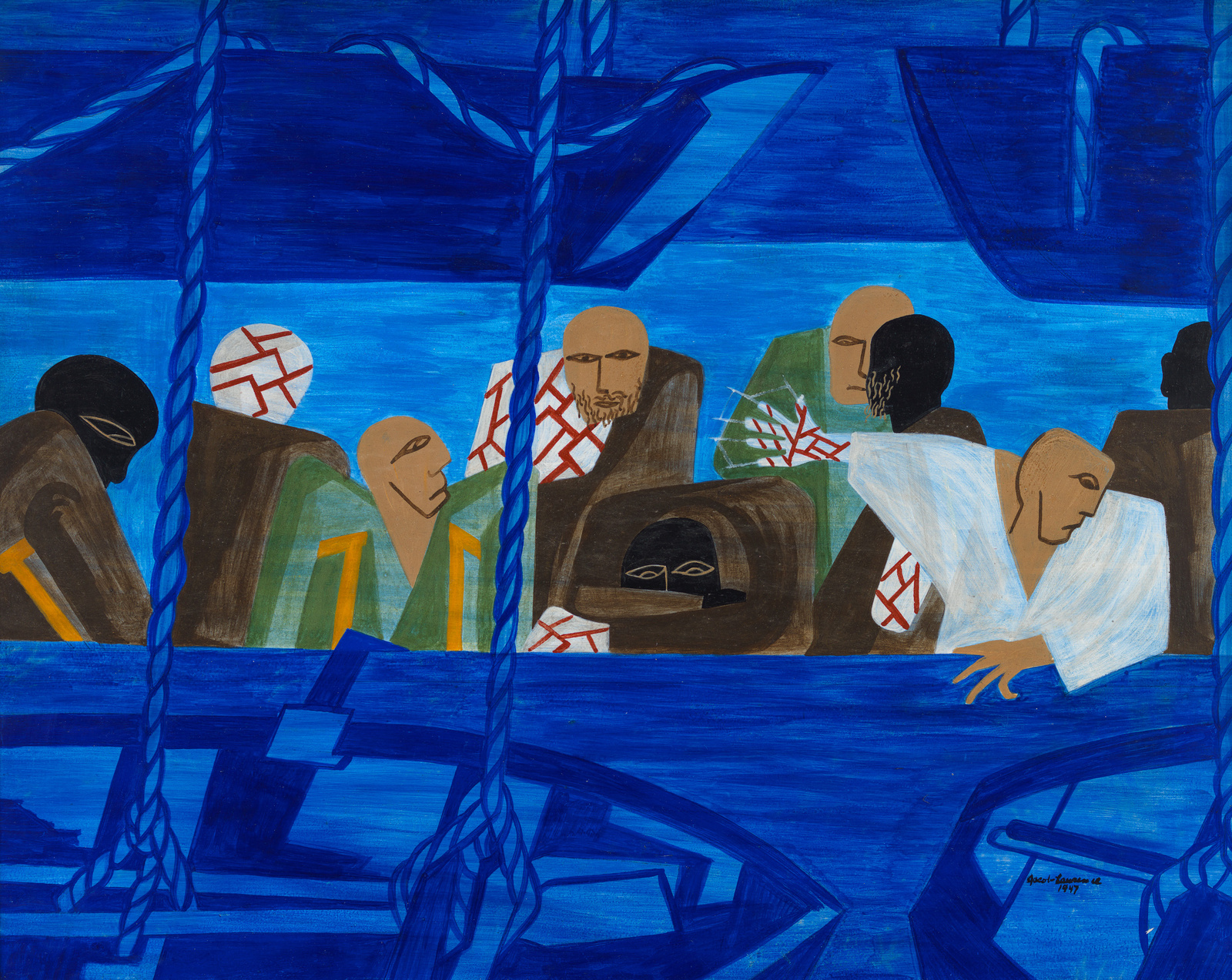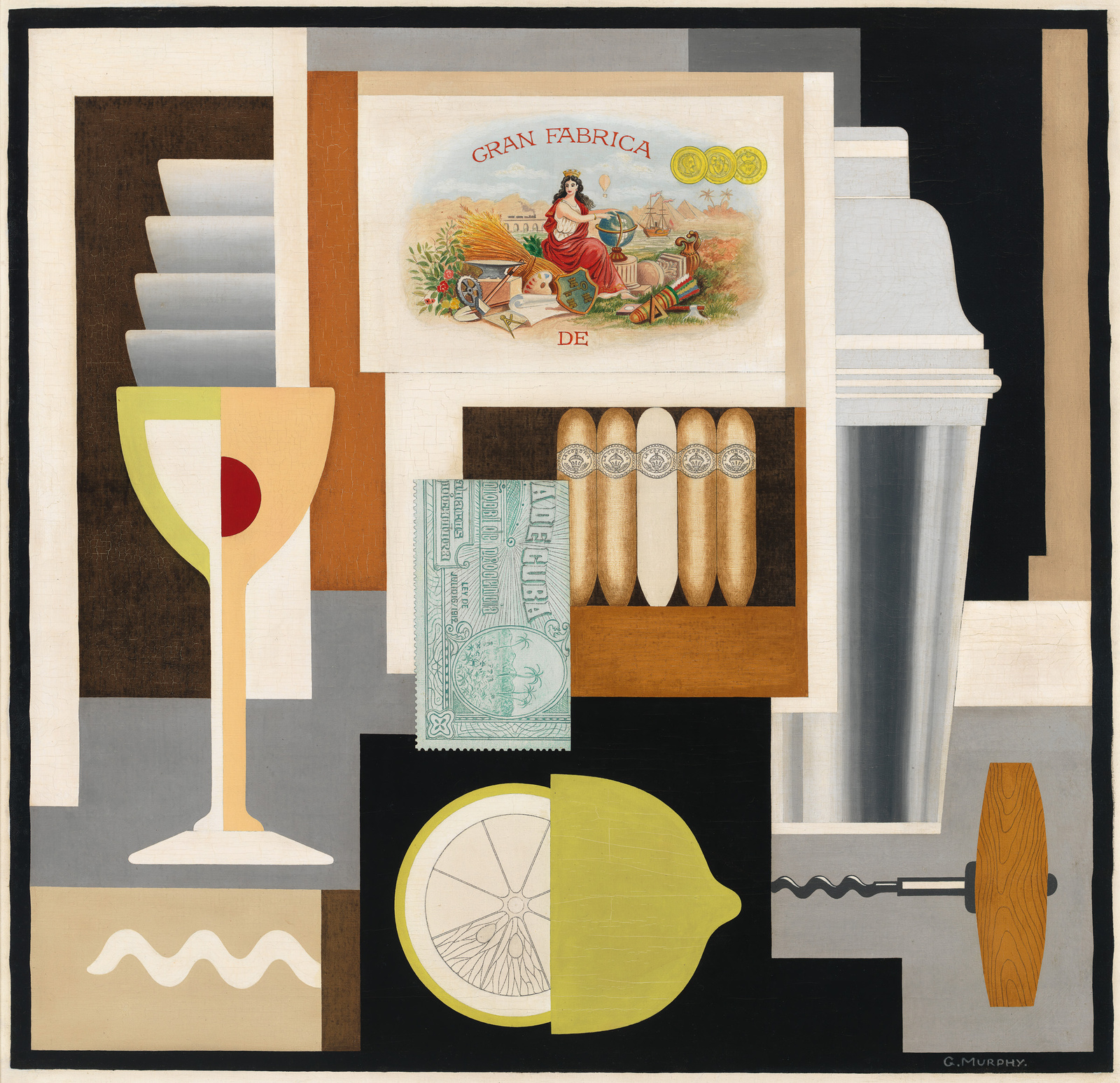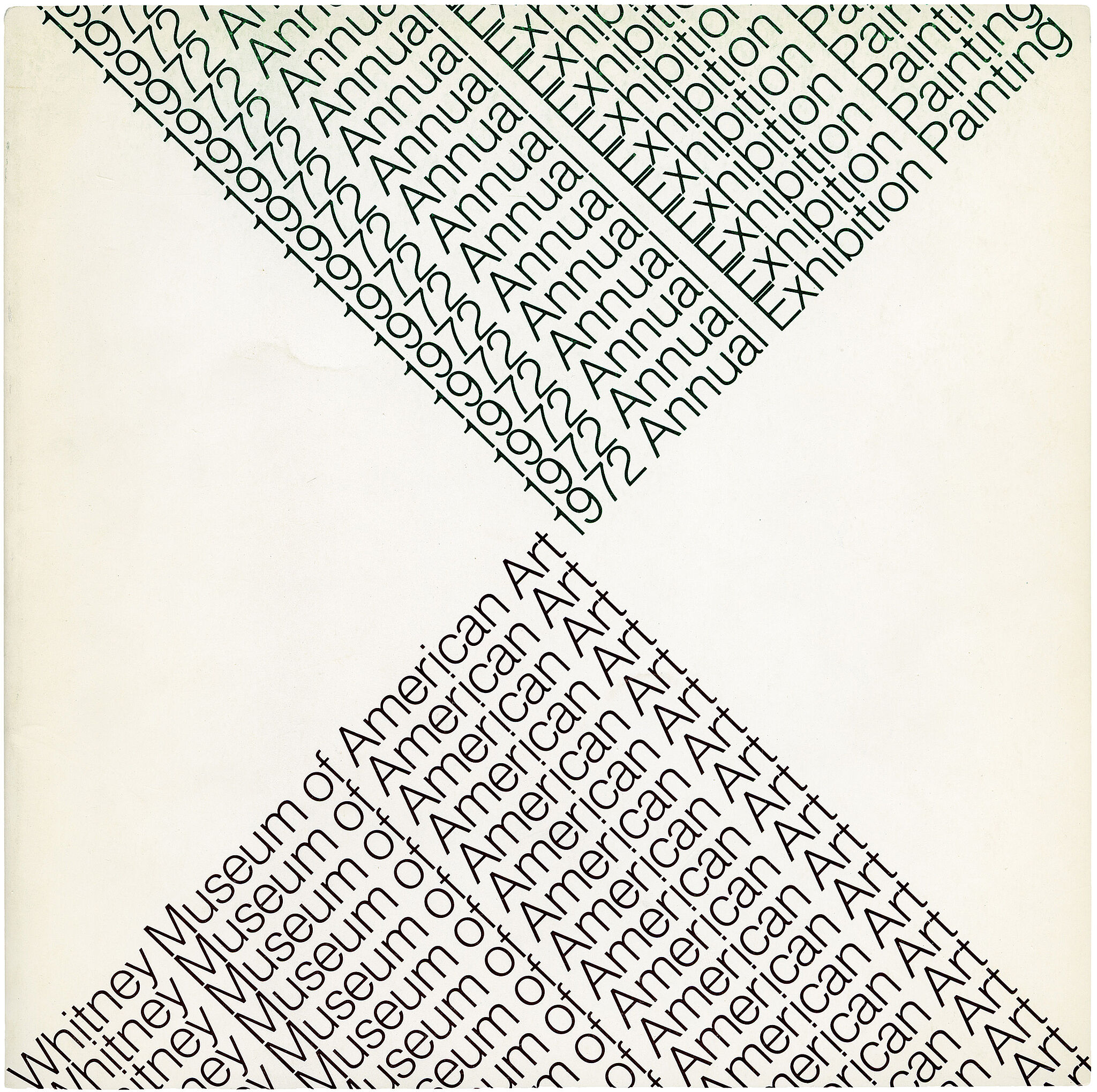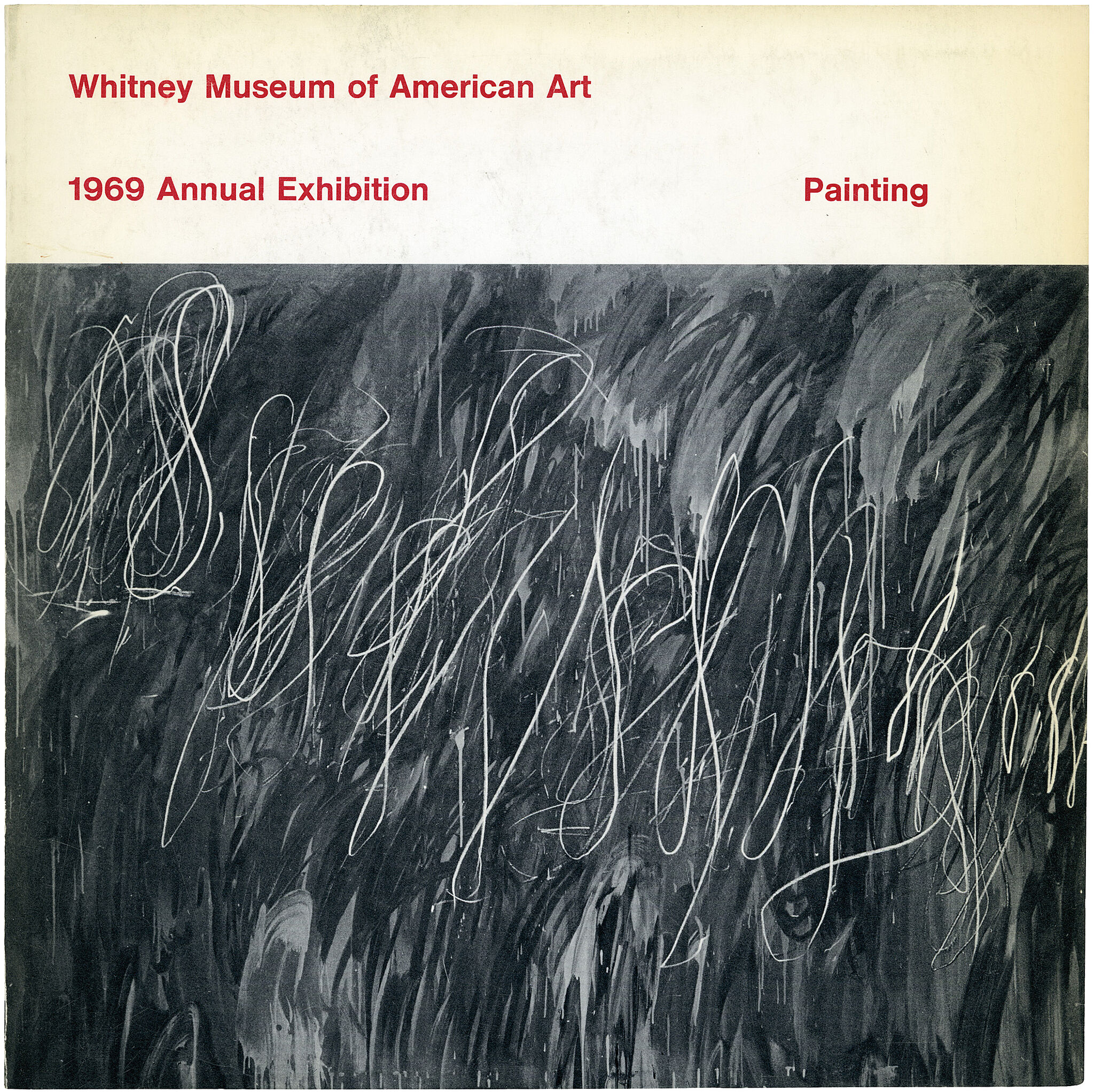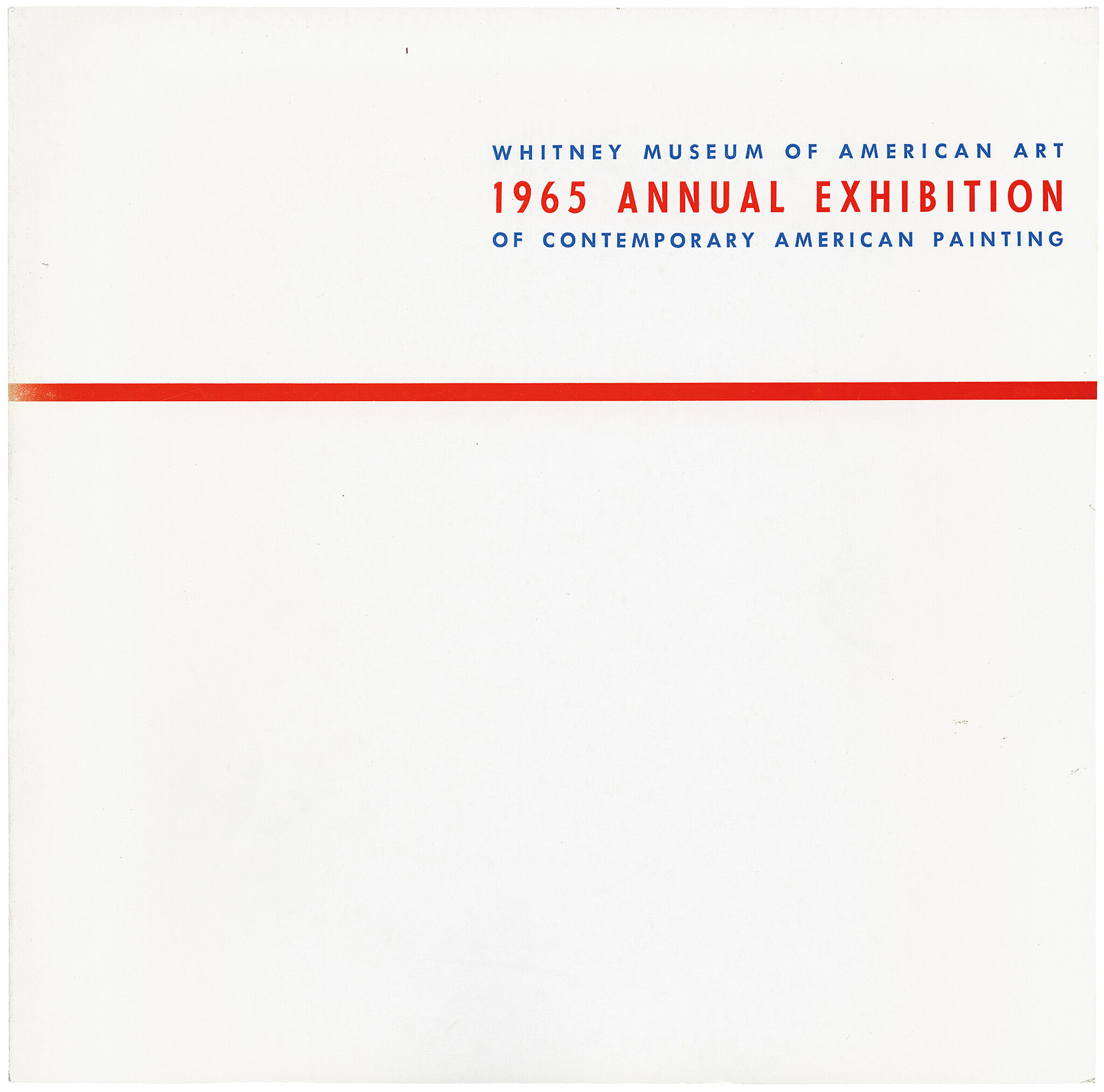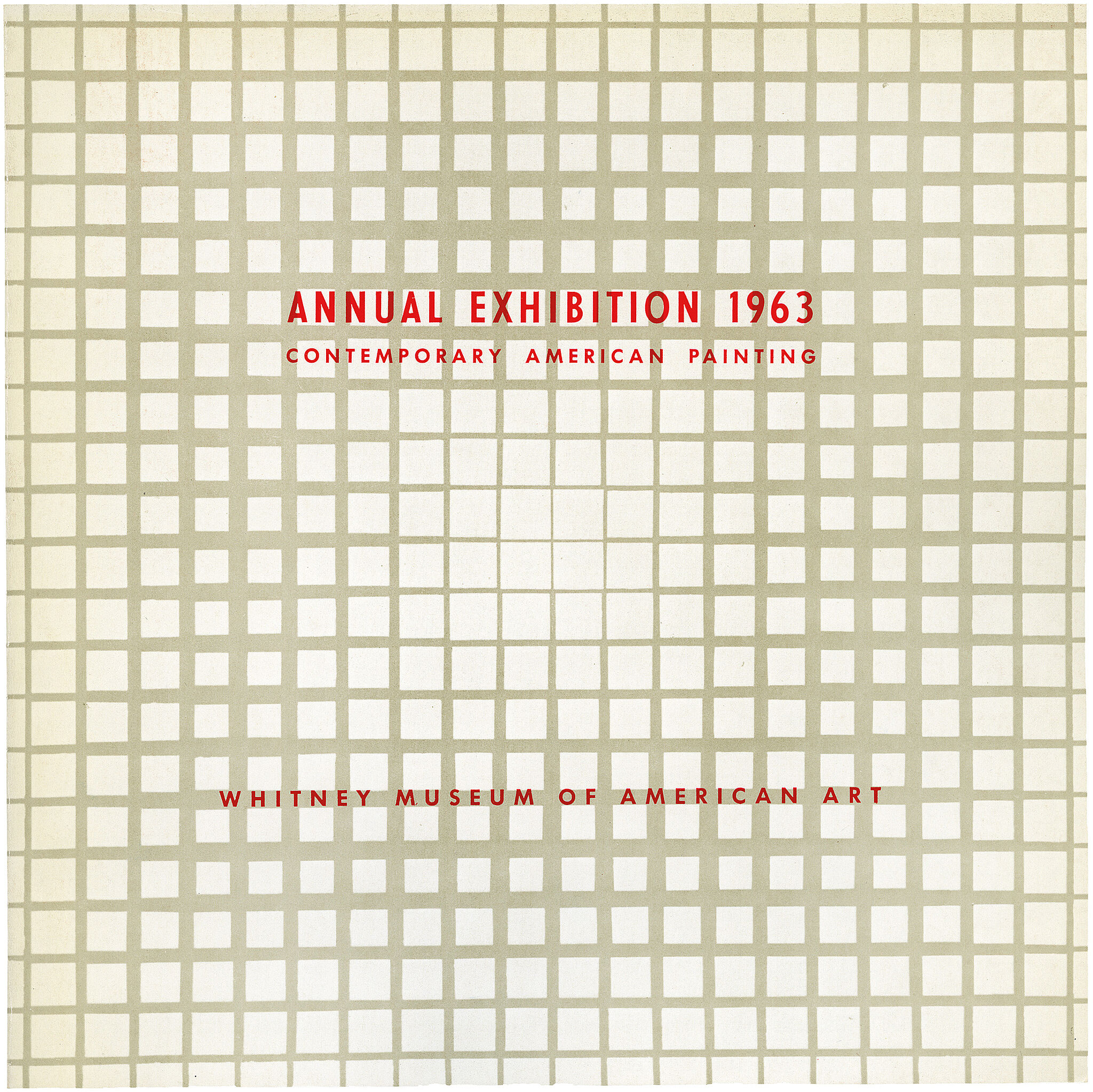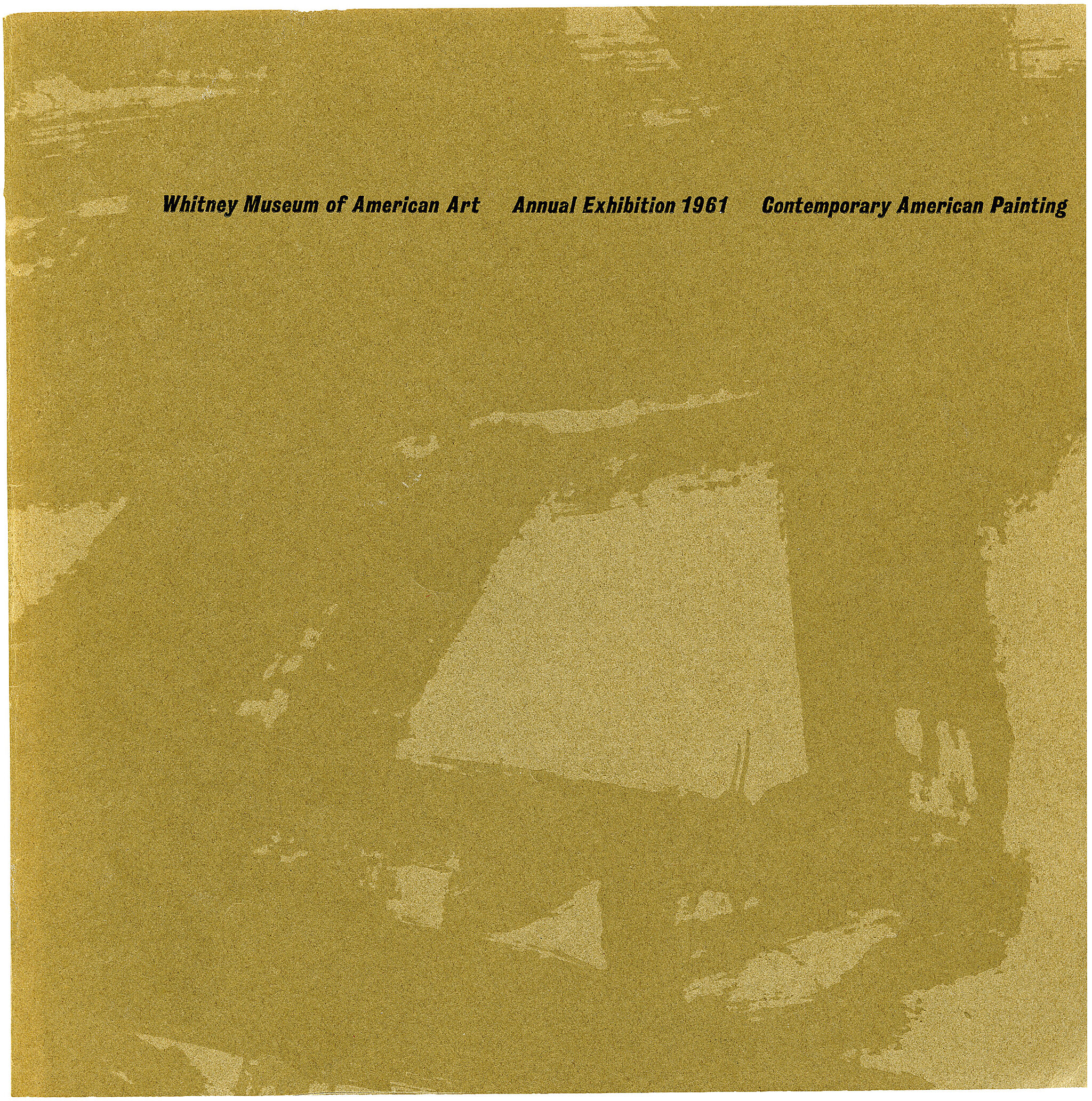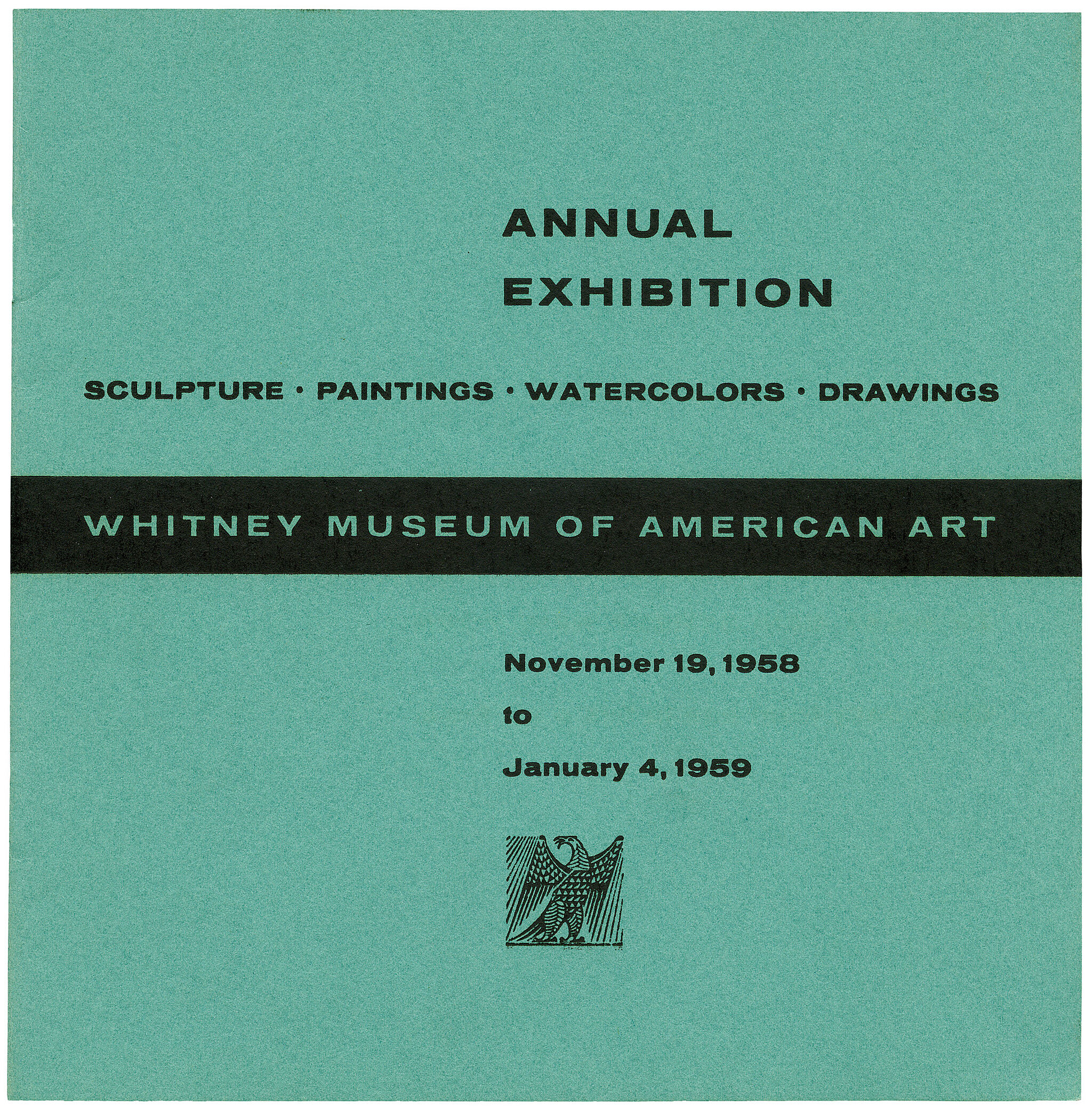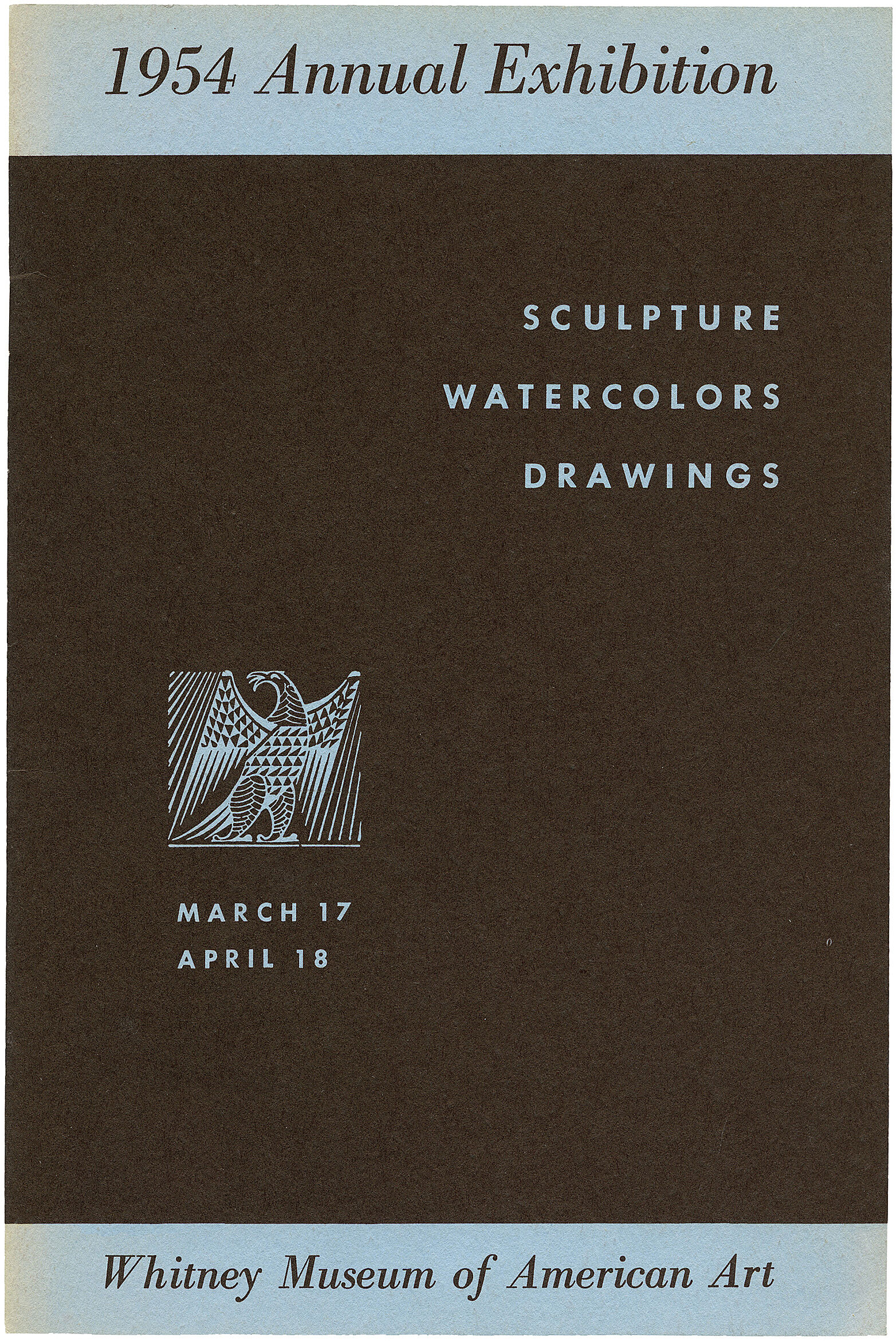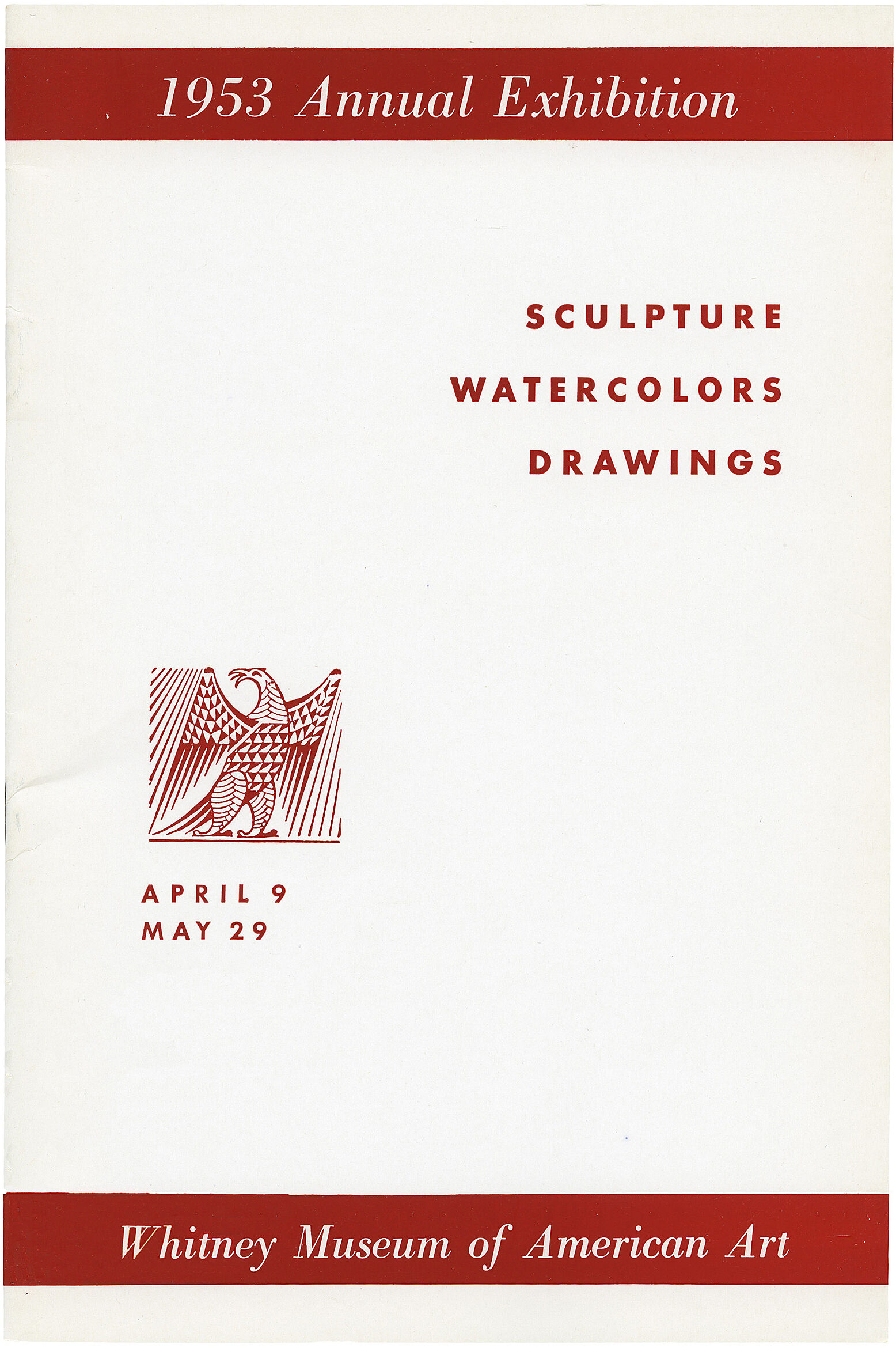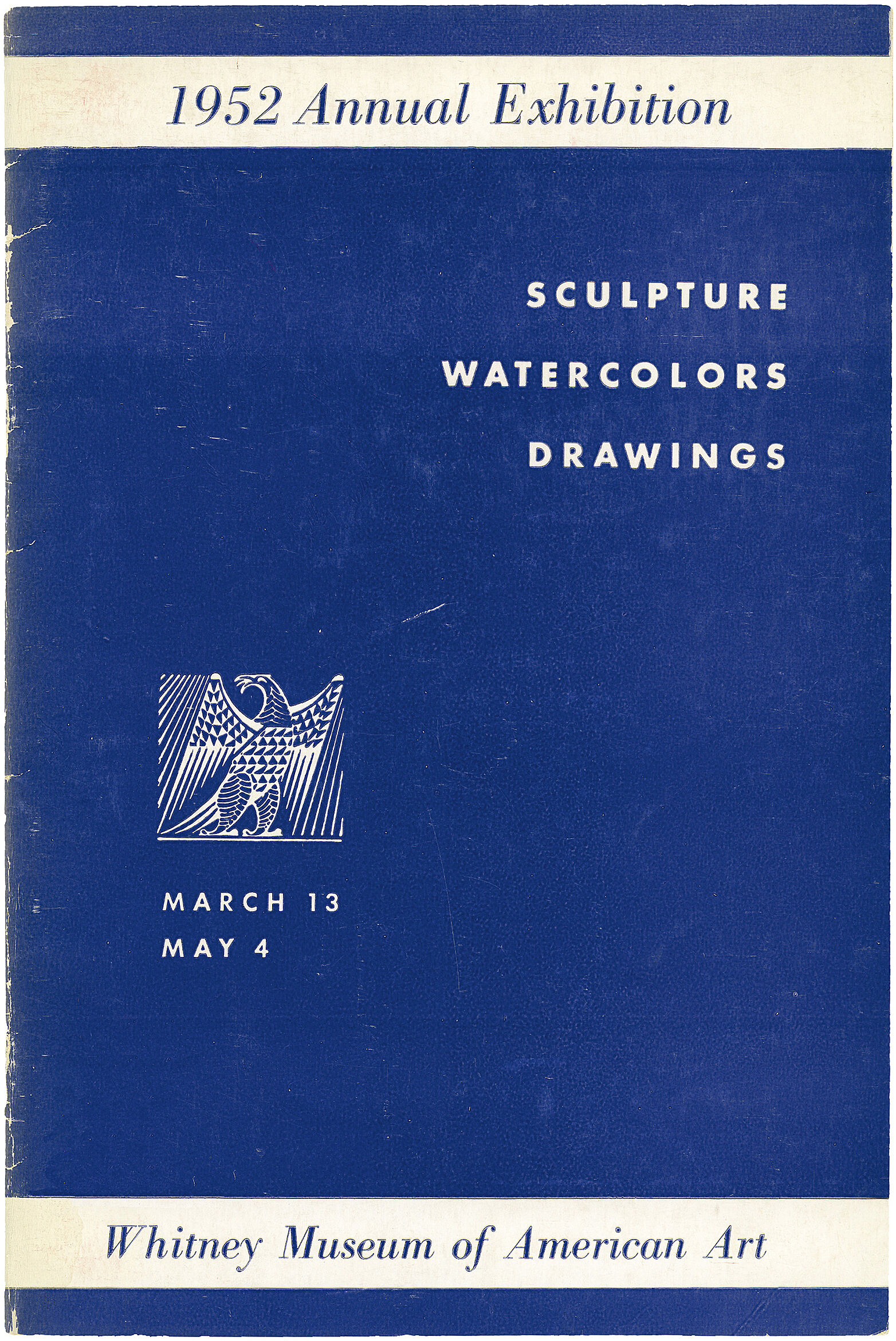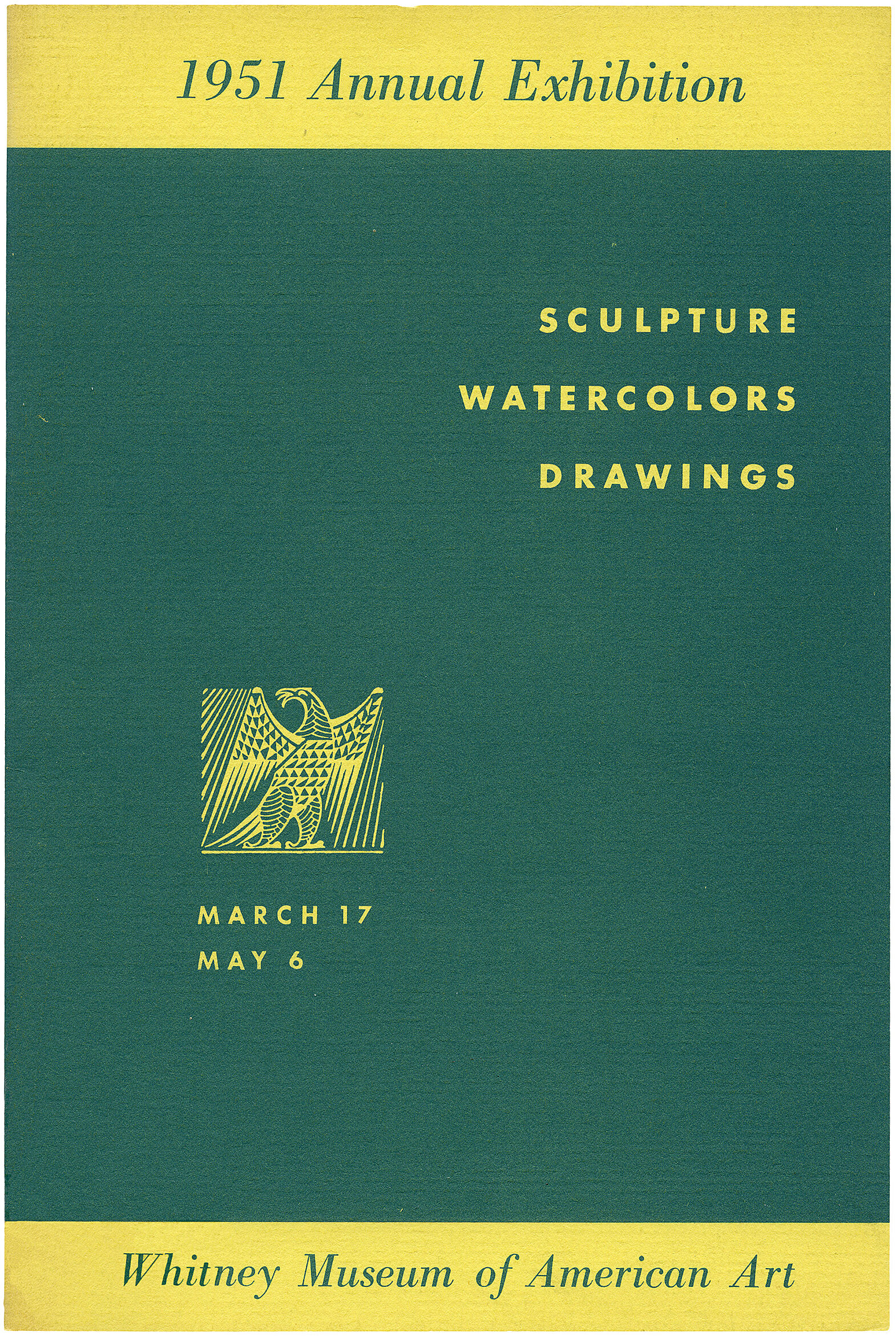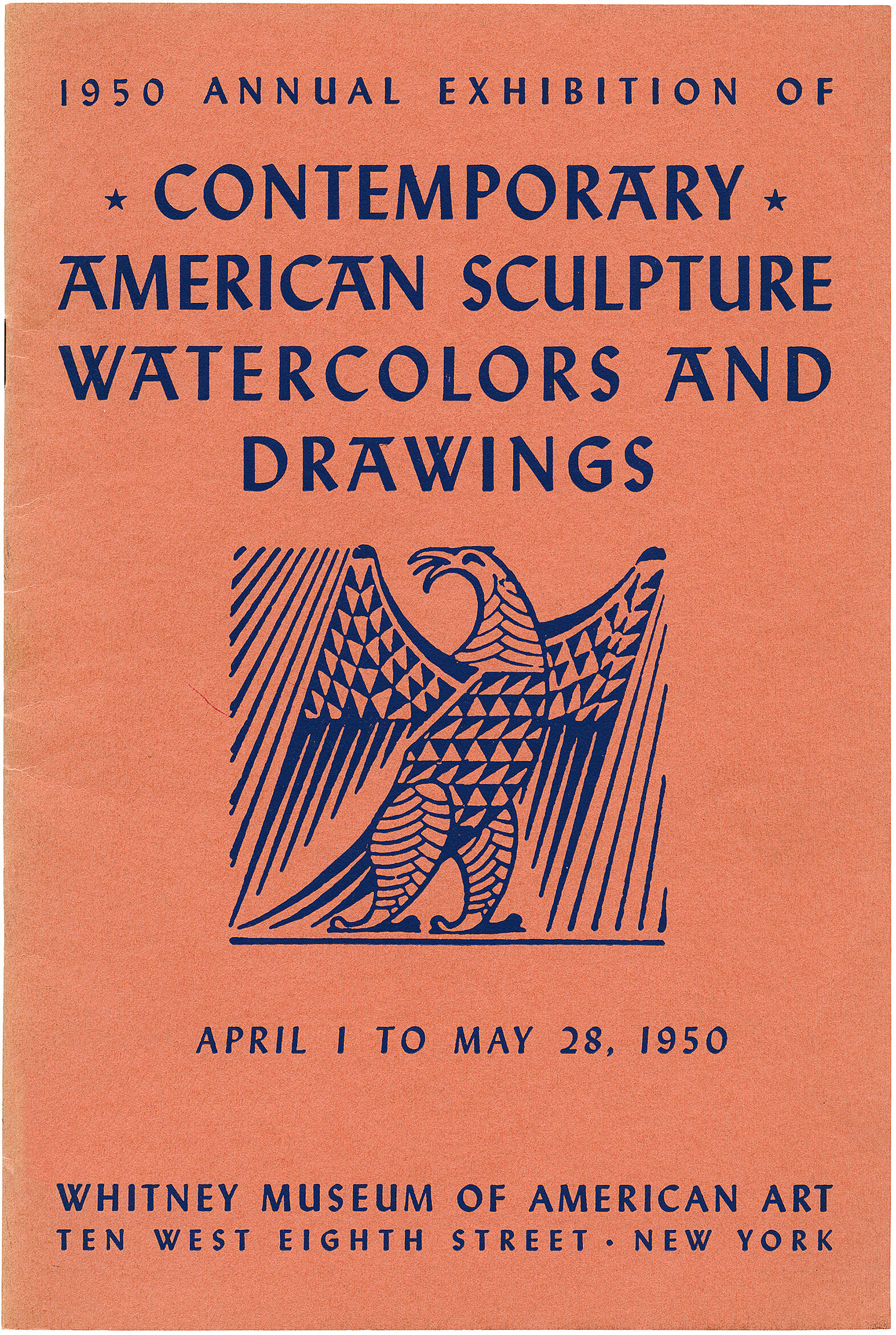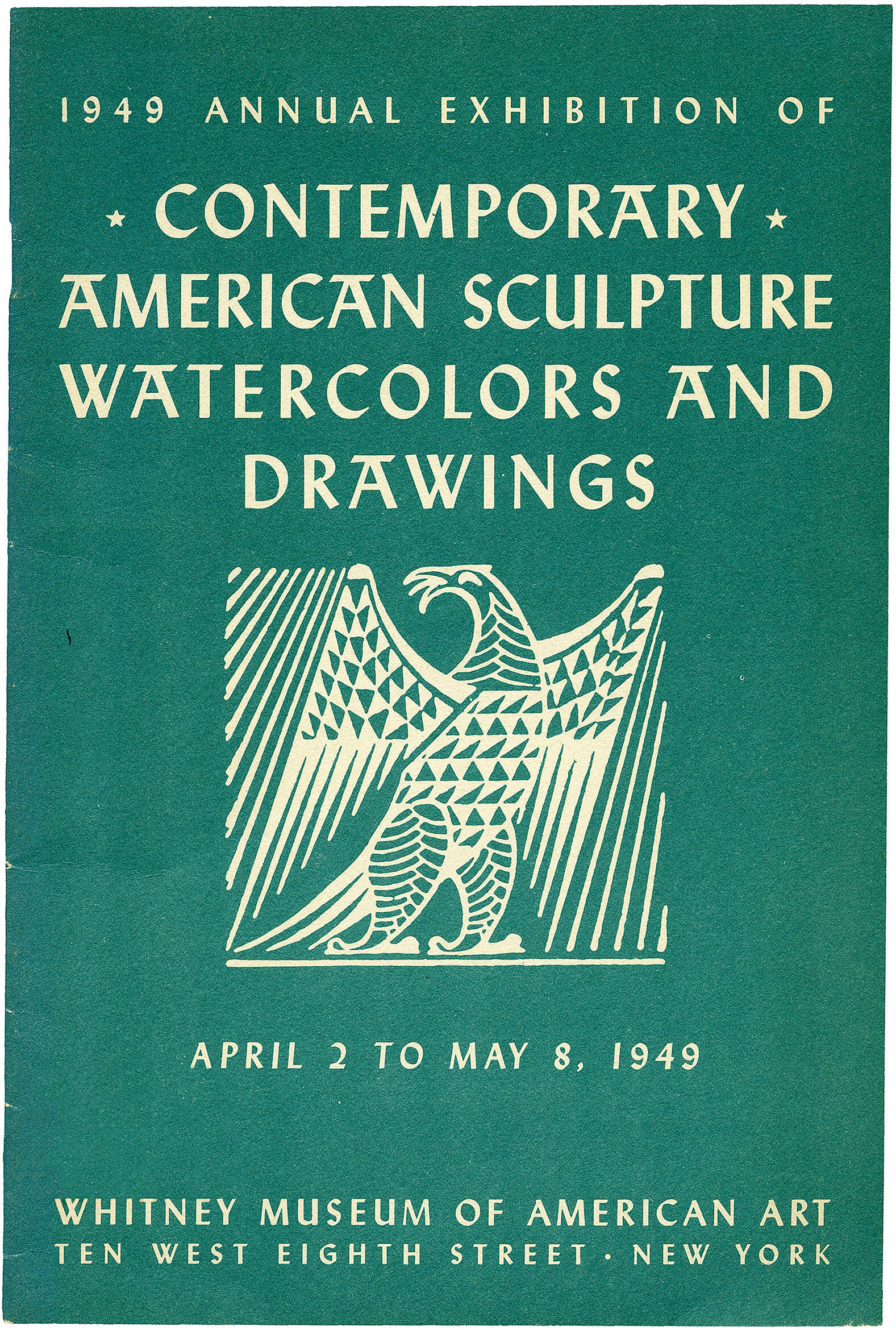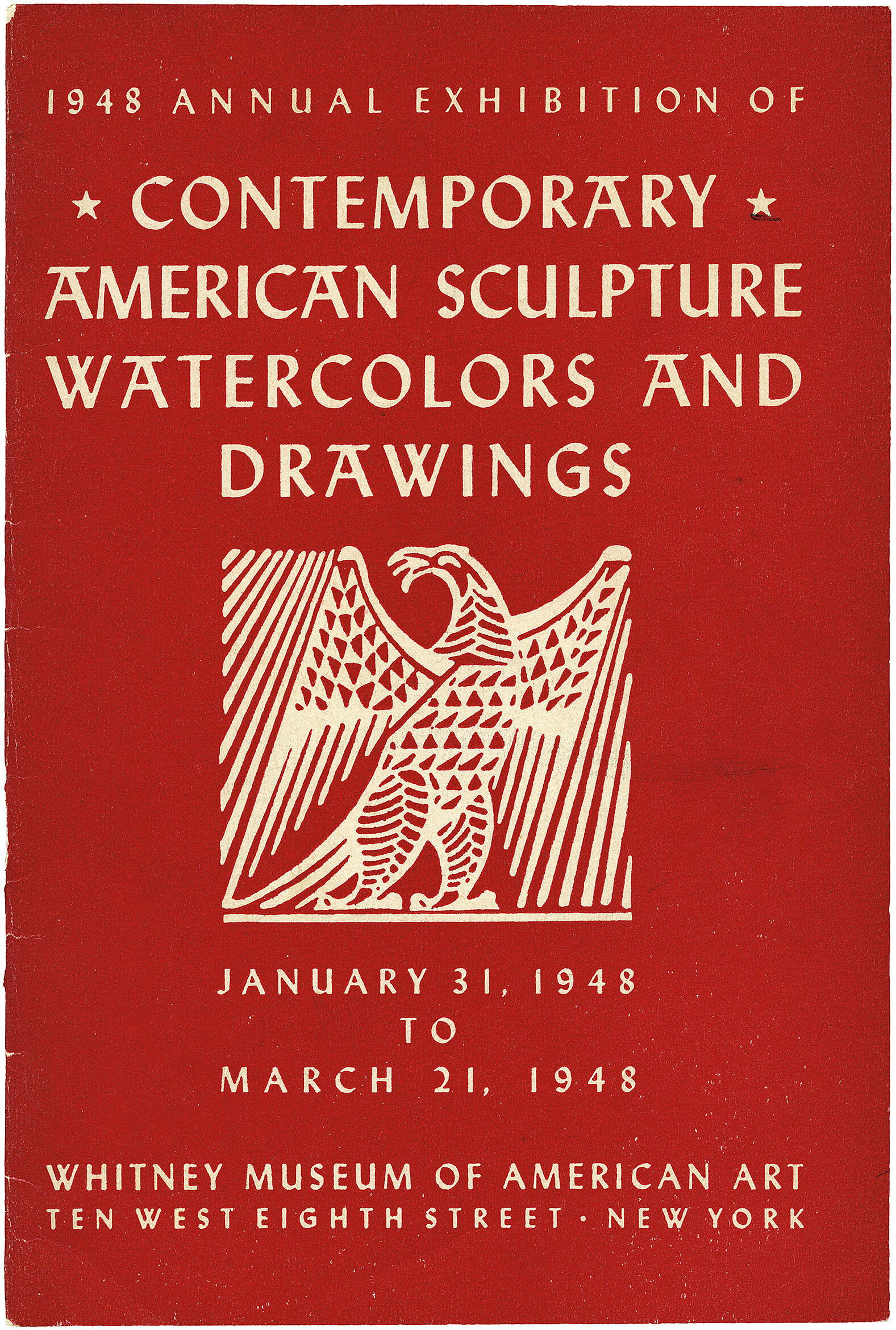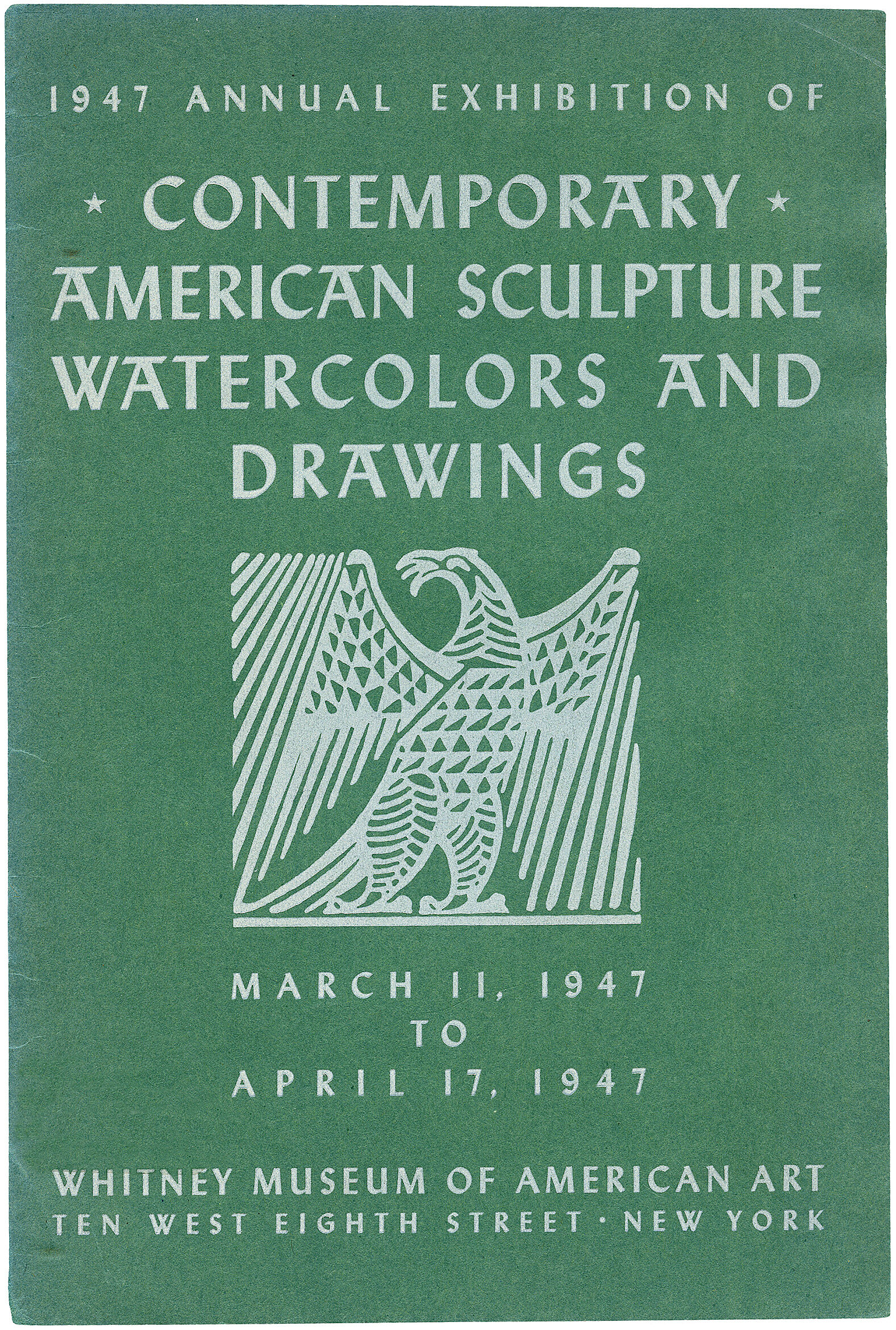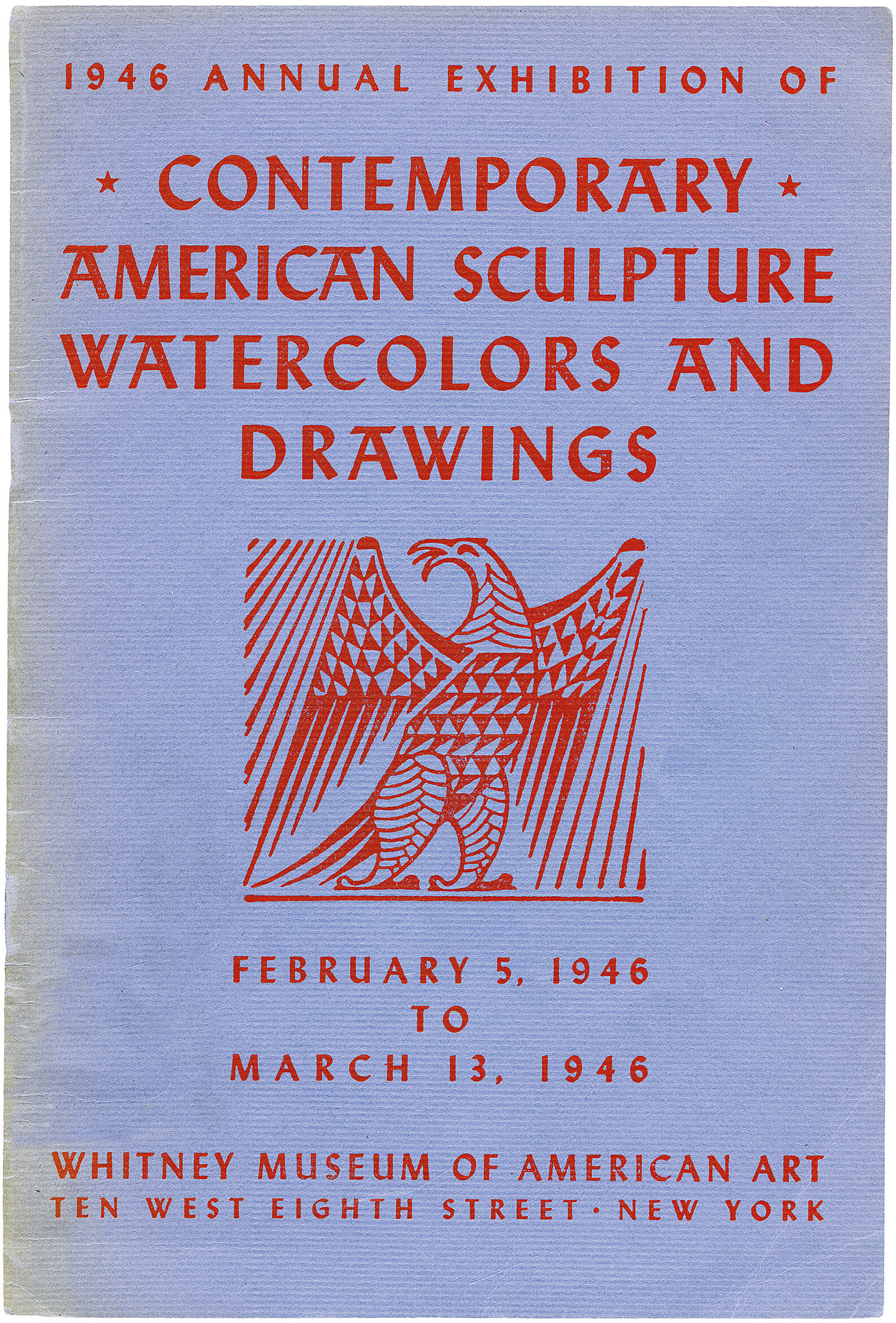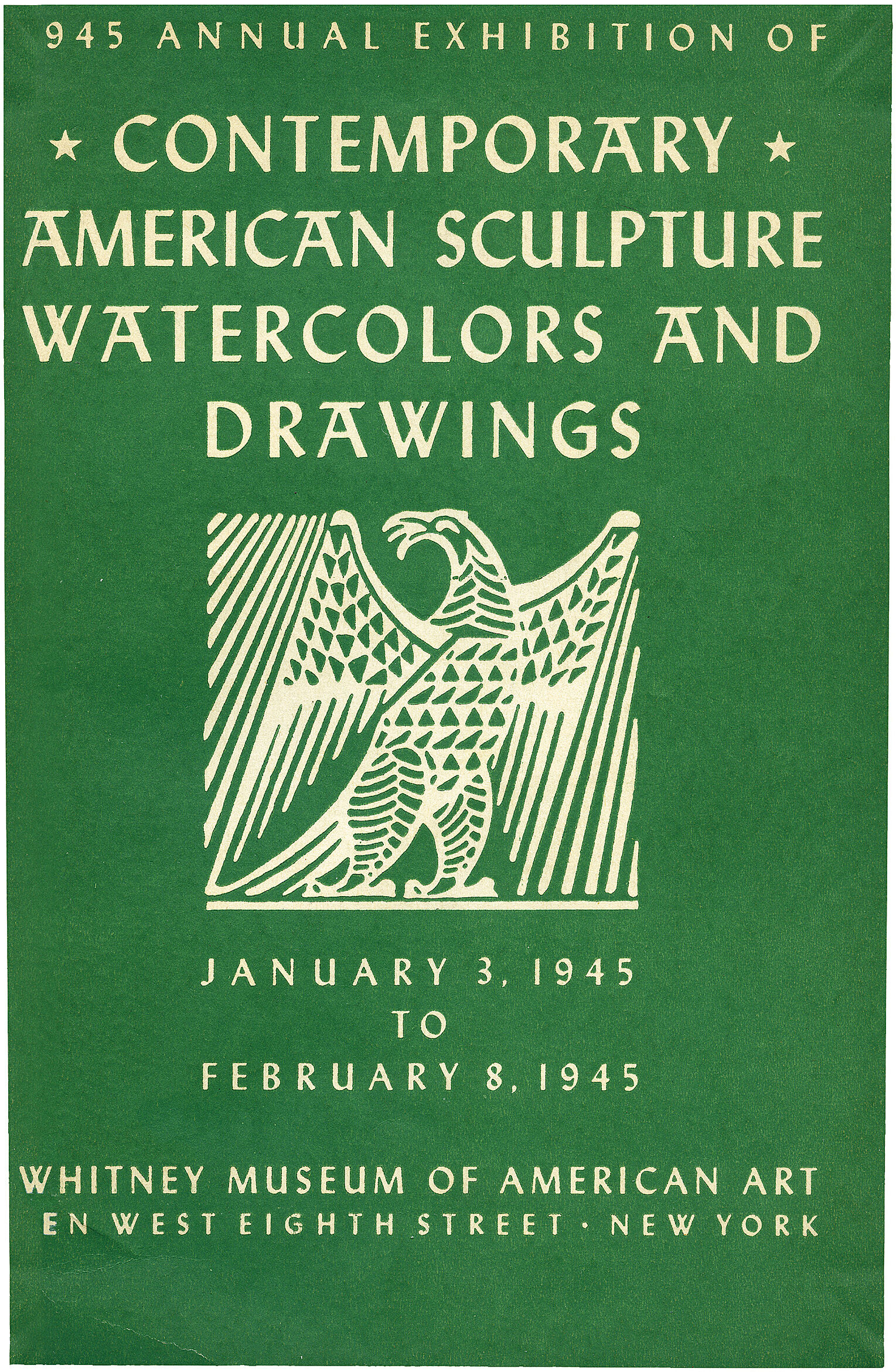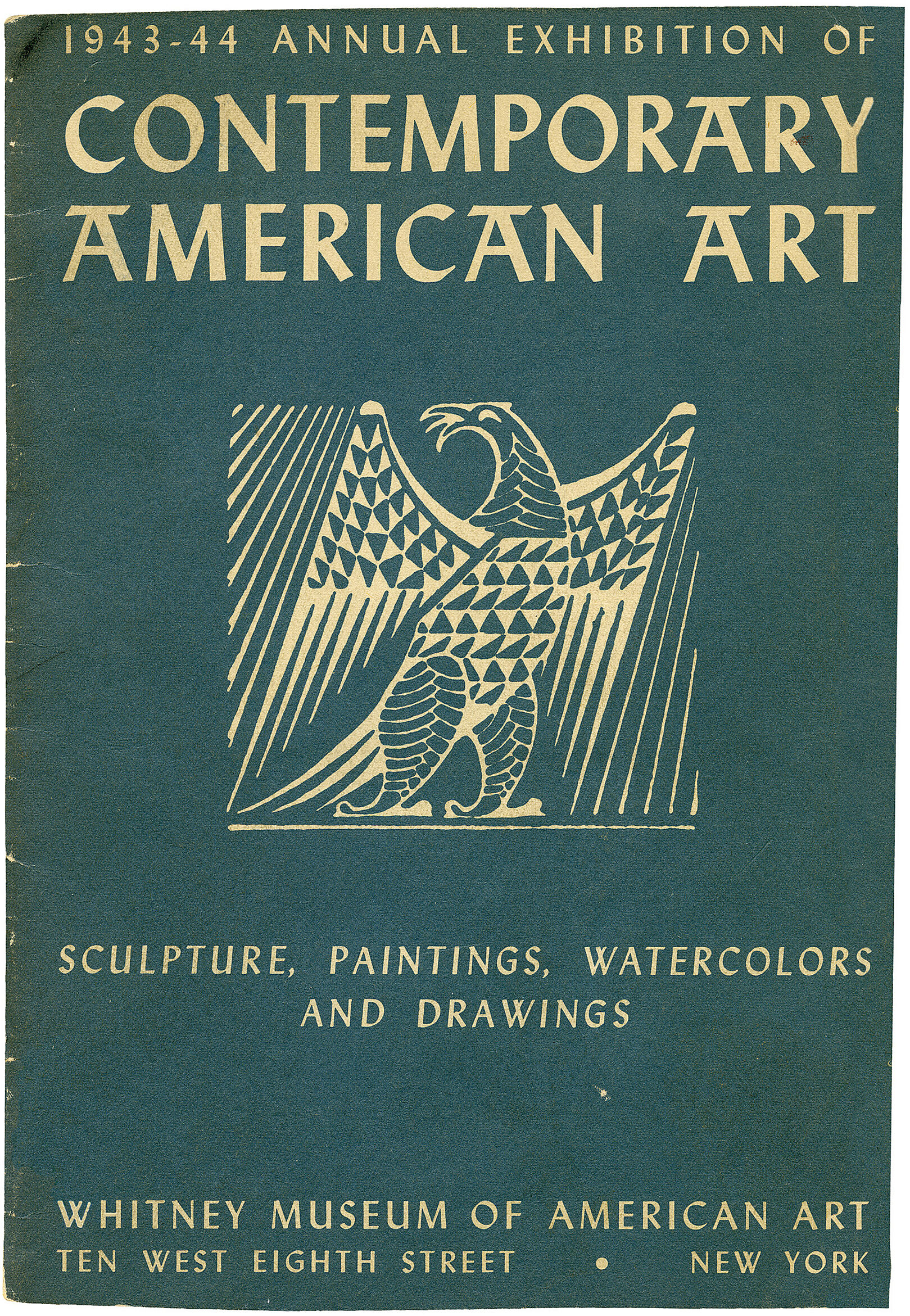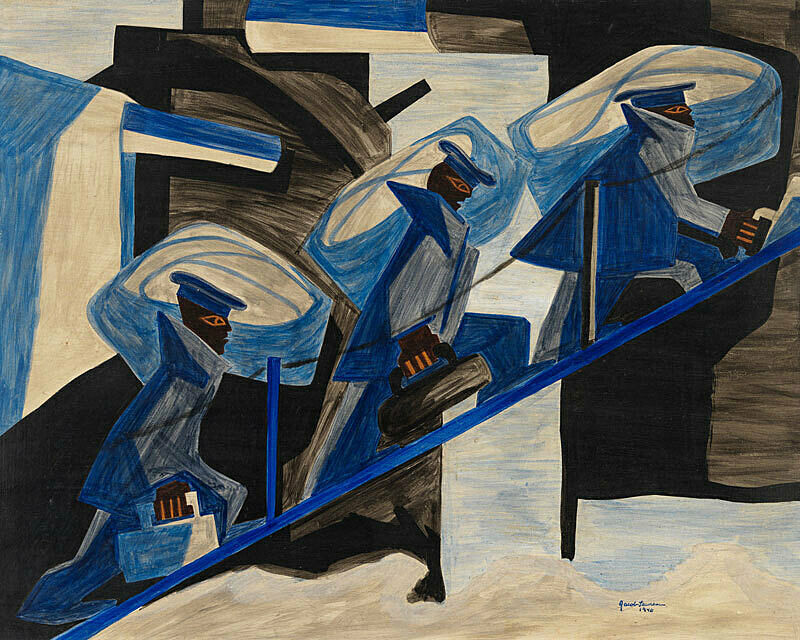Jacob Lawrence
1917–2000
Jacob Lawrence used his art to tell the epic story of African Americans’ struggle for freedom and justice. Growing up in Harlem during the 1930s, Lawrence was exposed to leading artists of the Harlem Renaissance, who inspired him to delve into the history of his community. By the decade’s end he had developed his signature approach: series of works in multiple panels centered on a single theme. With this format, Lawrence sought to instill his narratives with pictorial grandeur and to address complex histories he felt could not be effectively portrayed in a single image.
In 1946, with funding from the Guggenheim Foundation, Lawrence began work on the War Series, the first of his multipart works to document both a personal and historical experience—his service in World War II, during which he was stationed on the first racially integrated naval ship in United States history. Although he conceived of the project during the war and based the series of fourteen panels on his own memories, each also reflects broadly on the experience of war—from the drudgery of a nighttime patrol or the cramped quarters of a ship’s hold to the terror of being detained as a prisoner of war. Lawrence rendered these scenes using his characteristic flattened planes and silhouetted figures, eschewing modeling and perspective in favor of bold, semiabstracted forms. Victory, the last work in the series, contains none of the exuberance one might expect from its title. Rather, the image’s subdued palette and solitary soldier—hunched over, his expression inaccessible—present a somber vision of the war’s end.
Dana Miller and Adam D. Weinberg, Handbook of the Collection (New York: Whitney Museum of American Art, 2015), 221.
Introduction
Jacob Armstead Lawrence (September 7, 1917 – June 9, 2000) was an American painter known for his portrayal of African-American historical subjects and contemporary life. Lawrence referred to his style as "dynamic cubism", an art form popularized in Europe which drew great inspiration from West African and Meso-American art. For his compositions, Lawrence found inspiration in everyday life in Harlem. He brought the African-American experience to life using blacks and browns juxtaposed with vivid colors. He also taught and spent 16 years as a professor at the University of Washington.
Lawrence is among the best known twentieth-century African-American painters, known for his modernist illustrations of everyday life as well as narratives of African-American history and historical figures. At the age of 23 he gained national recognition with his 60-panel The Migration Series, which depicted the Great Migration of African Americans from the rural South to the urban North. The series was purchased jointly by the Phillips Collection in Washington, D.C., and the Museum of Modern Art (MoMA) in New York. Lawrence's works are in the permanent collections of numerous museums, including the Philadelphia Museum of Art, the Whitney Museum, Metropolitan Museum of Art, the Brooklyn Museum, the Virginia Museum of Fine Arts, Reynolda House Museum of American Art, and the Museum of Northwest Art. His 1947 painting The Builders hangs in the White House.
Wikidata identifier
Q355566
Information from Wikipedia, made available under the Creative Commons Attribution-ShareAlike License . Accessed December 19, 2025.
Introduction
Jacob Lawrence was the first African-American painter whose work was displayed in the collection of MOMA in New York. His bright, colorful, genre painters became associated with the Harlem Renaissance of the 1930s and 1940s. Lawrence got his start as an artist by taking classes at the Utopia Neighborhood House, 135th Street Library, and the Harlem Workshop in New York City. He was then supported by the Federal Arts Project through the WPA during the Depression. Outside of his career as an artist, Lawrence taught classes at the Art Students League, Bradeis University, Black Mountain College, the Skohegan School, and the University of California. He also served as a professor and coordinator at the Pratt Institute in New York city.
Country of birth
United States
Roles
Artist, painter
ULAN identifier
500027690
Names
Jacob Lawrence, Jacob A. Lawrence, Jacob Armstead Lawrence
Information from the Getty Research Institute's Union List of Artist Names ® (ULAN), made available under the ODC Attribution License. Accessed December 19, 2025.

